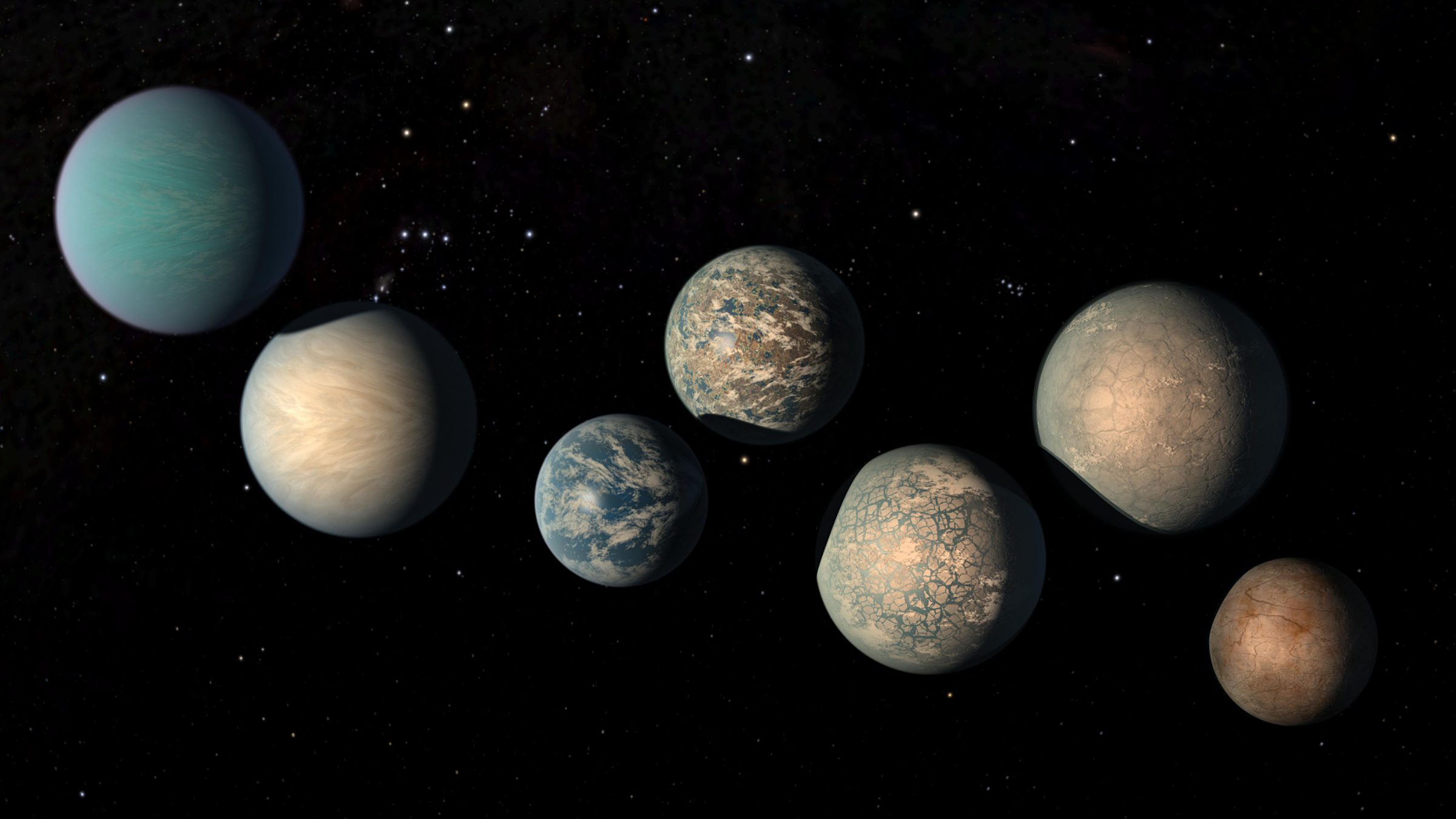Planetary Radio • Apr 11, 2018
Visiting the Earth-Like Worlds of TRAPPIST-1
On This Episode

Nikole Lewis
Space Telescope Science Institute Associate Astronomer and JWST Project Scientist

Jason Davis
Senior Editor for The Planetary Society

Bruce Betts
Chief Scientist / LightSail Program Manager for The Planetary Society

Mat Kaplan
Senior Communications Adviser and former Host of Planetary Radio for The Planetary Society
We have begun to understand the composition of worlds that are hundreds of trillions of kilometers from Earth. Astronomer Nikole Lewis is co-leader of a team that has used the Hubble Space Telescope to do this with the four Earth-like planets circling a star called TRAPPIST-1. Host Mat Kaplan talks with Digital Editor Jason Davis about a new probe designed to discover thousands of additional exoplanets. Want to win a Planetary Radio t-shirt? Answer this week’s space trivia question posed by Planetary Society Chief Scientist Bruce Betts.

Related Links:
- Hubble Probes Atmospheres of Exoplanets in TRAPPIST-1 Habitable Zone
- What the TRAPPIST-1 planets could look like
- Nikole Lewis on Twitter
- Preview: NASA's TESS prepares for 2-year exoplanet hunting mission
- Yuri’s Night Space Coast
- Webby Awards Public Voting Page
A Planetary Radio t-shirt. Also, a 200-point iTelescope.net astronomy account.
This week's question:
What was the first nebula observed that was tied to a supernova seen by humans?
To submit your answer:
Complete the contest entry form at http://planetary.org/radiocontest or write to us at [email protected] no later than Wednesday, April 18th at 8am Pacific Time. Be sure to include your name and mailing address.
Last week's question:
What is currently the second farthest spacecraft from Earth? It does not need to be currently functioning.
Answer:
The answer will be revealed next week.
Question from the week before:
What missions visited the Tiangong-1 space station?
Answer:
Three missions visited China’s Tiangong-1 space station: Shenzhou 8, 9 and 10.


 Explore Worlds
Explore Worlds Find Life
Find Life Defend Earth
Defend Earth


